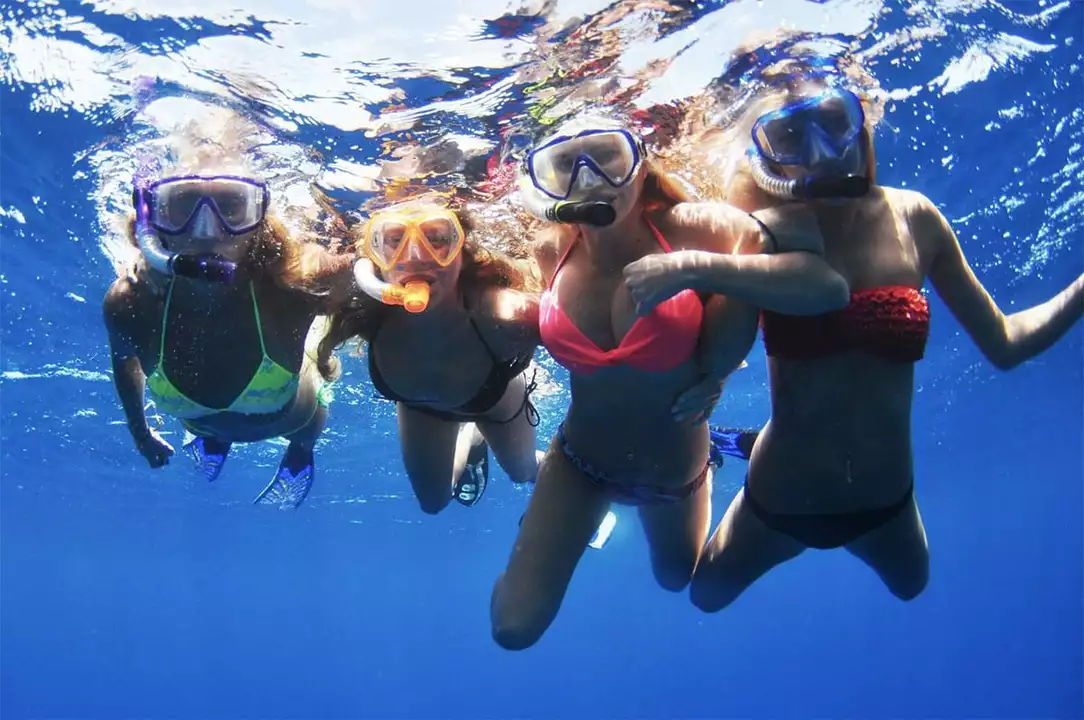Top Safety Tips Every Wyre Forest Paddler Should Know
Getting on the water is fun, but safety has to come first. A simple check before you launch can stop most accidents. Below are the habits that keep paddlers calm and dry.
Gear and Personal Prep
Start with a well‑fitted PFD (personal flotation device). It should sit snugly on your hips and not ride up when you move. If it feels loose, adjust the straps or get a size‑up – a bad fit is a quick way to lose buoyancy.
Carry a whistle, a small knife, and a dry‑bag with a spare dry‑suit or warm clothes. The whistle signals help when you’re far from shore, the knife cuts rope if you get tangled, and dry clothing stops hypothermia if you end up in cold water.
Check your paddle for cracks or loose fittings. Even a tiny split can snap under pressure and leave you scrambling for a replacement mid‑trip.
On‑Water Practices
Talk weather with a reliable source before you head out. Wind speed over 15 mph, sudden temperature drops, or foggy conditions are red flags. If the forecast looks shaky, postpone the session – a calm river tomorrow is worth a dry canoe today.
Plan a route and share it with a friend or family member. Include start point, expected finish, and approximate time back. If you’re paddling alone, a quick text when you reach a milestone helps someone know you’re okay.When launching, keep the canoe balanced. Load heavier gear low and near the center. Uneven weight makes the boat tip more easily, especially in choppy water.
While on the water, stay aware of other vessels, swimmers, and obstacles. Use a clear, steady stroke and keep a safe distance – at least two paddle lengths from motorboats and 15 feet from swimmers.
If you flip, stay calm. Your PFD will keep you afloat, and a practiced roll or a paddling rescue technique can get you righted quickly. Practice these moves on calm water so they become second nature.
End each outing with a quick equipment check. Rinse gear, dry the canoe, and note any damage. A well‑maintained boat is less likely to fail on the next trip.
Following these straightforward steps builds confidence, lets you enjoy Wyre Forest’s rivers longer, and keeps the fun from turning into a risk. Stay safe, paddle smart, and keep coming back for more water adventures.

